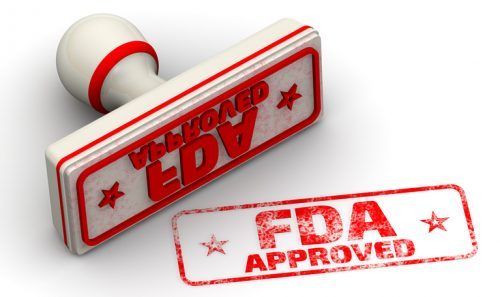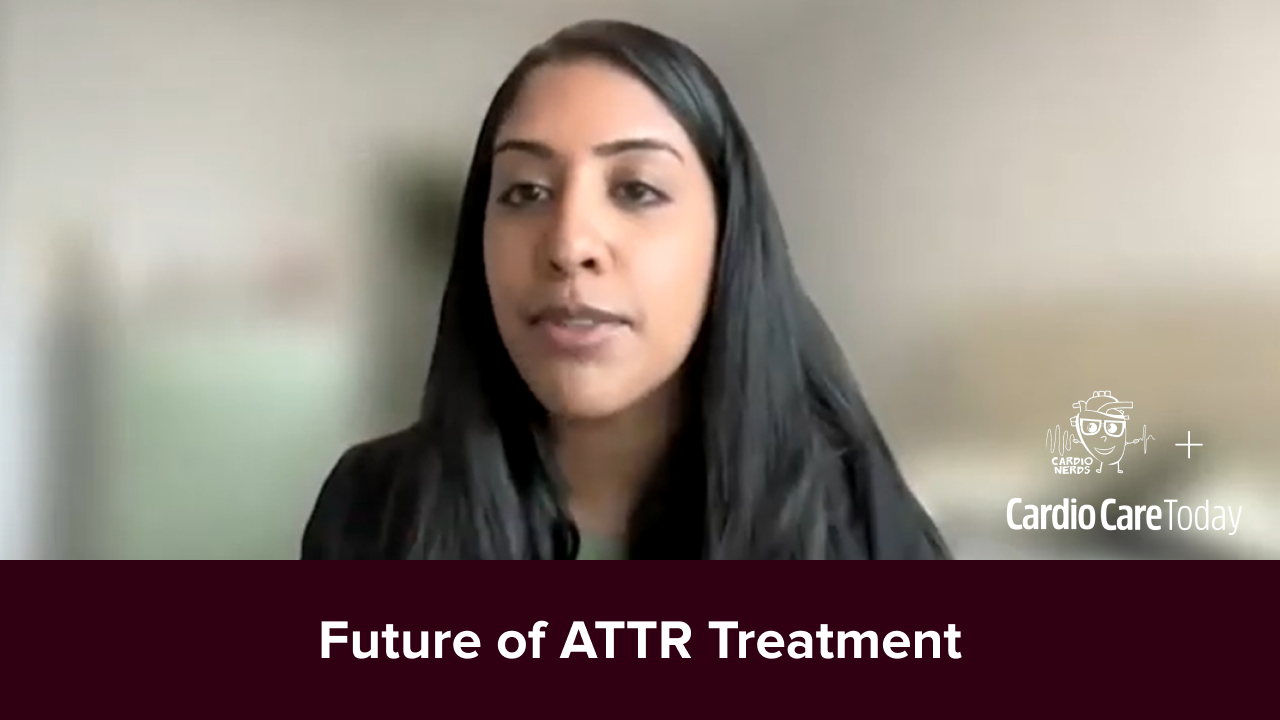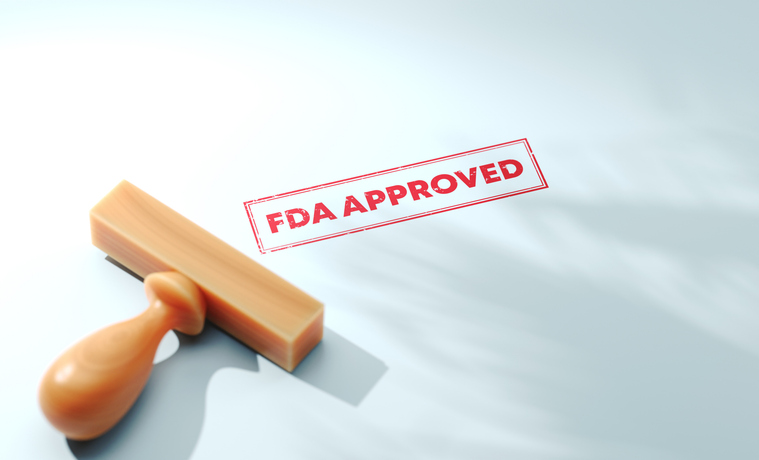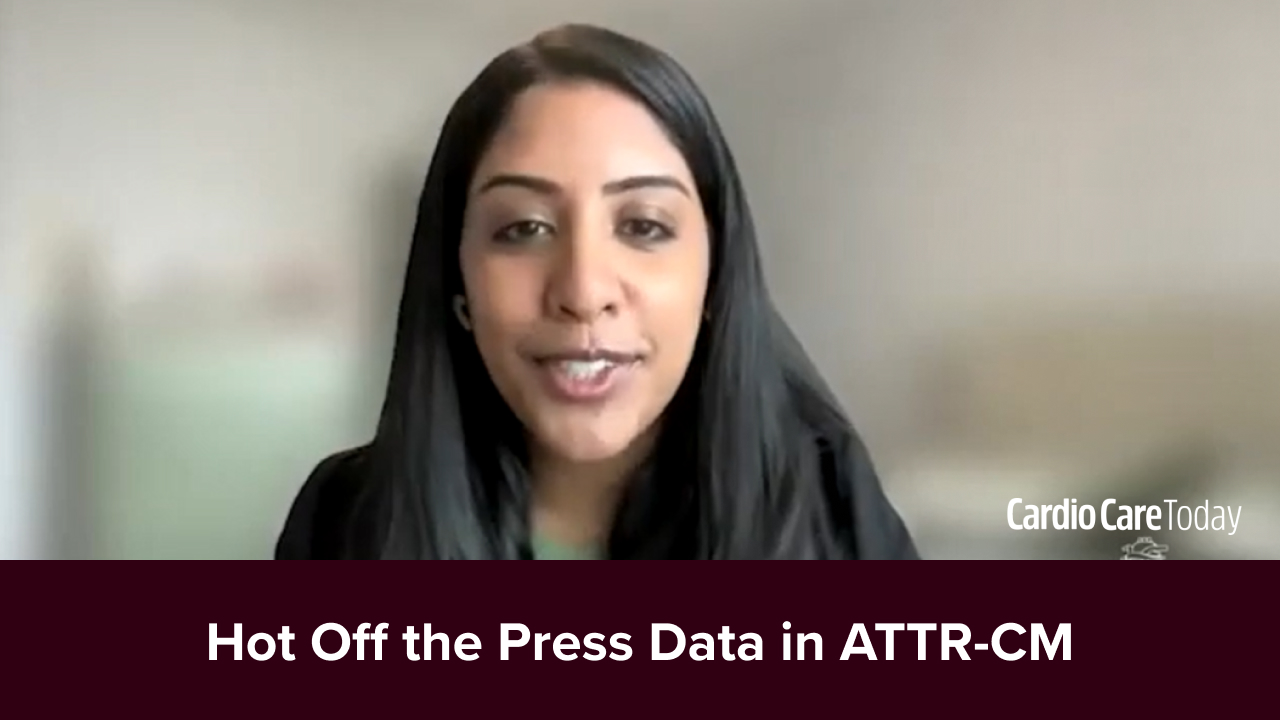
According to a news release, the US Food and Drug Administration (FDA) has just approved inclisiran (Leqvio; Novartis), a small interfering RNA (siRNA) administered twice yearly, for the patients with atherosclerotic cardiovascular disease (ASCVD) or heterozygous familial hypercholesterolemia (FH) who need additional low-density lipoprotein (LDL) lowering despite maximally tolerated statins and lifestyle management.
Atherosclerotic CVD is the leading cause of death and disability globally. Low-density lipoprotein particles play a central role in ASCVD pathogenesis and medical therapies to reduce LDL are a mainstay of management across the spectrum of primary through tertiary prevention.1–4 When it comes to LDL and preventing ASCVD, it turns out that lower is in fact, better.5
Enter inclisiran.
FDA finally approves inclisiran. Only two doses per year of a PCSK9 inhibitor to reduce LDL-C! https://t.co/Fu39I0Of7n
— Carlos G Santos-Gallego, MD (@SantosGallegoMD) December 22, 2021
Inclisiran is a first-in-class siRNA-based therapeutic developed to reduce hepatic synthesis of proprotein convertase subtilsin/kexin type 9 protein (PCSK9i), thereby reducing LDL levels. In fact, inclisiran reduced LDL cholesterol by approximately 50% above seen with maximally tolerated statins in patients with FH, established ASCVD, or ASCVD-risk equivalents in the Phase III ORION-9, -10, and -11 clinical trials.6,7
Dr. Steven Nissen, Chief Academic Officer and former Chair of Cardiovascular Medicine at the Cleveland Clinic, and former chair of FDA’s CardioRenal Advisory Panel, shared his enthusiasm for inclisiran with the CardioNerds.
“I have watched the development of this drug and it’s had a terrific track record for safety and efficacy.”
Two cardiovascular outcomes trials are underway to prove clinical efficacy.
Pretty excited to see @US_FDA approval for #inclisiran. #acccvt @APAC_Cardiology pic.twitter.com/WUNNts8sgI
— Viet Le DMSc PA-C FACC FAHA HF-Cert (@VietHeartPA) December 22, 2021
Less Frequent Dosing for Inclisiran
A remarkable feature of inclisiran is twice yearly dosing versus dosing every 2-4 weeks for monoclonal antibodies against PCSK9.
“Would you want to inject a drug every two weeks or get it twice a year?” Dr. Nissen asked.
The patient-centered question is clear. Twice annual dosing may help address real world compliance-related issues and even raises the prospect of directly observed therapy during clinic visits.
While the advent of a novel therapeutic effective for lowering LDL with twice-annual dosing may open many horizons, several questions remain. We are still struggling with penetration for foundational guideline directed medical therapies for patients with ASCVD. Incredibly, of all patients with ASCVD enrolled in the PINNACLE national outpatient registry during 2017-2018 (n=>2.5 million patients), 52.7% had no history of lipid lowering therapy use.8 Dr. Nissen agreed.
“The uptake [for inclisiran] will be hard because people need to become educated that it is available,” he remarked.
Importantly, as coverage from payers is often slow to keep up with clinical research and FDA approval, limited access to state-of-the-art therapies may widen the health inequalities that already exist in ASCVD management and outcomes.9
In the story of siRNA-based LDL-lowering therapies, proving clinical efficacy, educating clinicians, and ensuring equitable access are all challenges which lay ahead. Regardless, the FDA approval of the inclisiran is a landmark step forward in facing the plight of ASCVD.
Dr. Amit Goyal is a co-founder and correspondent with the CardioNerds, a DocWire News content partner. Read more of their contributions by visiting their DocWire News CardioNerds archive page.
With the the FDA approval of inclisiran/leqvio, I will:
A- Switch my PCSK9 antibody pts to leqvio
B- Only start new pts on leqvio
C- Cont to use antibodies as they are more potent
D- wait for more real world safety/efficacy data— Sam Tsimikas, MD (@Lpa_Doc) December 23, 2021
References
- Goyal A, Cho L. Preventive Cardiology and Risk Assessment: Beyond LDL. Curr Atheroscler Rep. Published online 2020. doi:10.1007/s11883-020-00876-2
- Grundy SM, Stone NJ, Bailey AL, et al. 2018 AHA/ACC/AACVPR/AAPA/ABC/ACPM/ADA/AGS/APhA/ASPC/NLA/PCNA Guideline on the Management of Blood Cholesterol: A Report of the American College of Cardiology/American Heart Association Task Force on Clinical Practice Guidelines. Circulation. 2019;139(25):E1082-E1143. doi:10.1161/CIR.0000000000000625/FORMAT/EPUB
- Arnett DK, Blumenthal RS, Albert MA, et al. 2019 ACC/AHA Guideline on the Primary Prevention of Cardiovascular Disease: Executive Summary: A Report of the American College of Cardiology/American Heart Association Task Force on Clinical Practice Guidelines. J Am Coll Cardiol. 2019;74(10):1376-1414. doi:10.1016/j.jacc.2019.03.009
- Mach F, Baigent C, Catapano AL, et al. 2019 ESC/EAS Guidelines for the management of dyslipidaemias: lipid modification to reduce cardiovascular riskThe Task Force for the management of dyslipidaemias of the European Society of Cardiology (ESC) and European Atherosclerosis Society (EAS). Eur Heart J. 2020;41(1):111-188. doi:10.1093/EURHEARTJ/EHZ455
- Holtzman J, Das T, Toth P, Ferraro R. 132. Lipids: LDL Physiology & Function with Dr. Peter Toth. CardioNerds Pod. Published online 2021. https://www.cardionerds.com/132-lipids-ldl-physiology-function-with-dr-peter-toth/
- Raal FJ, Kallend D, Ray KK, et al. Inclisiran for the Treatment of Heterozygous Familial Hypercholesterolemia. N Engl J Med. 2020;382(16):1520-1530. doi:10.1056/NEJMOA1913805/SUPPL_FILE/NEJMOA1913805_DATA-SHARING.PDF
- Ray KK, Wright RS, Kallend D, et al. Two Phase 3 Trials of Inclisiran in Patients with Elevated LDL Cholesterol. N Engl J Med. 2020;382(16):1507-1519. doi:10.1056/NEJMOA1912387/SUPPL_FILE/NEJMOA1912387_DATA-SHARING.PDF
- Abstract 12904: Assessing Low-Density Lipoprotein Cholesterol Risk in Secondary Prevention Patients Within The PINNACLE National Outpatient Registry | Circulation. Accessed December 20, 2021. https://www.ahajournals.org/doi/10.1161/circ.140.suppl_1.12904
- Power J, Das T, Ferdinant K, Ferraro R. 140. Lipids: LDL, Cardiovascular Events, & Disparities in Care with Dr. Keith Ferdinand. CardioNerds Pod. Published online 2021. https://www.cardionerds.com/ldl-cardiovascular-events/







 © 2025 Mashup Media, LLC, a Formedics Property. All Rights Reserved.
© 2025 Mashup Media, LLC, a Formedics Property. All Rights Reserved.